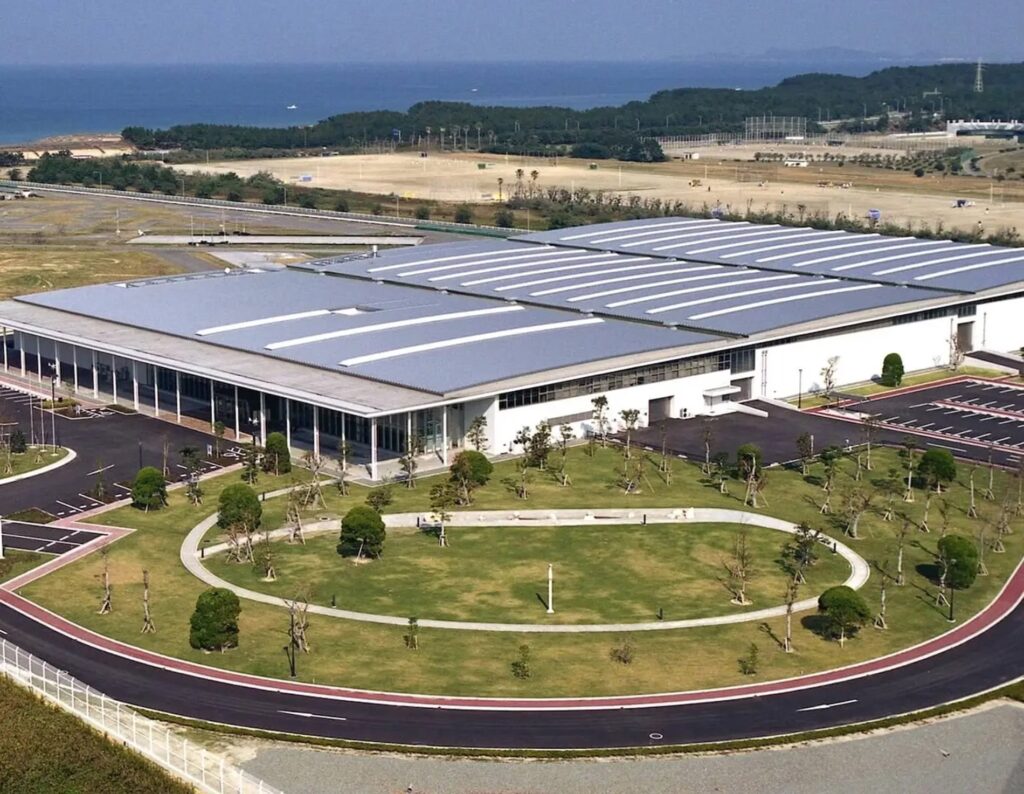Key Takeaways
- Japan has launched Asia’s first osmotic power plant in Fukuoka, generating 880,000 kWh annually.
- The plant efficiently produces energy through the natural process of osmosis by using fresh and seawater.
- If scaled effectively, osmotic power could potentially supply up to 15% of global energy demand by 2050.
Introduction of Osmotic Power in Japan
On a humid day in Fukuoka, Japan commenced operations at Asia’s first osmotic power plant, designed to generate electricity by mixing fresh water with salt water. This facility is the world’s second osmotic power plant, after a smaller one in Denmark, and marks a significant advancement in renewable energy.
The Fukuoka plant is projected to generate approximately 880,000 kilowatt-hours (kWh) of electricity yearly, sufficient to power a nearby desalination facility and supply around 220 homes. This output is comparable to two soccer fields’ worth of solar panels; however, osmotic power operates continuously, regardless of weather conditions.
Understanding Osmotic Power
Osmosis, a natural process where water moves from areas of low salt concentration to high salt concentration, underpins this energy generation method. An osmotic power plant uses a special membrane to harness this process: freshwater is placed on one side, with seawater on the other, usually augmented with brine from desalination efforts. The resulting pressure difference drives a turbine to generate electricity.
The plant’s innovative approach utilizes concentrated seawater to enhance the energy potential, making it a renewable source that produces no carbon emissions and can function around the clock.
Challenges and Future Prospects
Despite its straightforward mechanism, scaling osmotic power has proven challenging. Energy is lost during water transport and through friction at the membranes, leading to limited net energy gain. The concept began to take shape with a prototype plant introduced by Statkraft in 2009, yet high operational costs have kept the technology from widespread use.
Nonetheless, pilot projects are developing globally, with countries like Norway, South Korea, and Qatar exploring osmotic power. Experts believe that with solutions to efficiency hurdles, osmotic power could meet a significant portion of global energy needs, with estimates suggesting it may provide up to 15% of demand by 2050.
Though currently a small player in the renewable energy landscape, the Fukuoka facility represents a crucial step for osmotic technology in Japan and has sparked anticipation for its broader application worldwide. As clean energy demands grow, the ability to harness the mixing of fresh and saltwater may hold considerable promise for a sustainable energy future.
The content above is a summary. For more details, see the source article.















